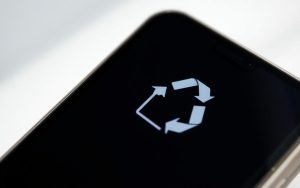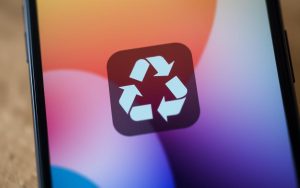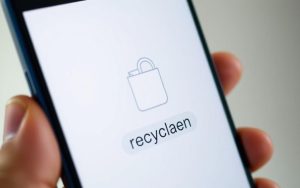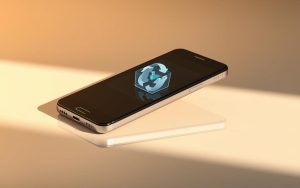Table of Contents
Accidentally deleting important files can be stressful. Fortunately, most operating systems include a safety net to recover lost data. The Recycle Bin is a feature designed to store deleted items temporarily, giving users a chance to restore them if needed.
Windows, Mac, and mobile devices handle this feature differently. For example, Windows places the Recycle Bin prominently on the desktop, while Mac uses a Trash folder. On Android, deleted files may not have a dedicated bin but can often be recovered through apps like Google Photos or Samsung Cloud.
Locating this feature can sometimes be tricky, especially if icons are hidden or moved. This guide will walk you through the steps to access the Recycle Bin across various platforms, ensuring you can retrieve your files with ease.
Whether you’re a tech novice or an experienced user, understanding how this system works is essential. For more details on recovering files on Android, check out this helpful resource.
Introduction to the Recycle Bin
Modern operating systems include a safety feature called the Recycle Bin. This temporary storage area holds deleted files, giving users a chance to restore them if needed. It’s a built-in safeguard to prevent accidental data loss.
Files moved to the Recycle Bin remain there until the storage limit is reached. Once full, older items are automatically deleted to make space for new ones. This process ensures the system doesn’t get overwhelmed.
Windows and macOS handle this feature differently. Windows uses the Recycle Bin, while macOS calls it the Trash folder. Both serve the same purpose: to temporarily store deleted files for potential recovery.
Mobile operating systems, like Android and iOS, often lack a dedicated Recycle Bin. Instead, they rely on cloud-based solutions or apps to recover deleted items. This approach varies by device and manufacturer.
Regularly emptying the Recycle Bin is essential to free up storage space. However, bypassing it—such as using Shift+Delete—results in permanent deletion. Always double-check before taking this step.
Recovery processes also differ between local and network drives. While local drives use the Recycle Bin, network drives often require specialized tools for file recovery. Understanding these differences can save time and effort.
How Do You Find the Recycle Bin on Windows?
Windows users often rely on the Recycle Bin to recover accidentally deleted files. This feature is essential for restoring lost data, but accessing it can vary depending on your setup. Below, we’ll explore three main methods to locate and use this tool effectively.
Locating the Recycle Bin on the Desktop
By default, the Recycle Bin icon appears on the desktop in the upper-left corner. If it’s missing, right-click the desktop, select View, and ensure Show desktop icons is checked. This simple step often resolves visibility issues.
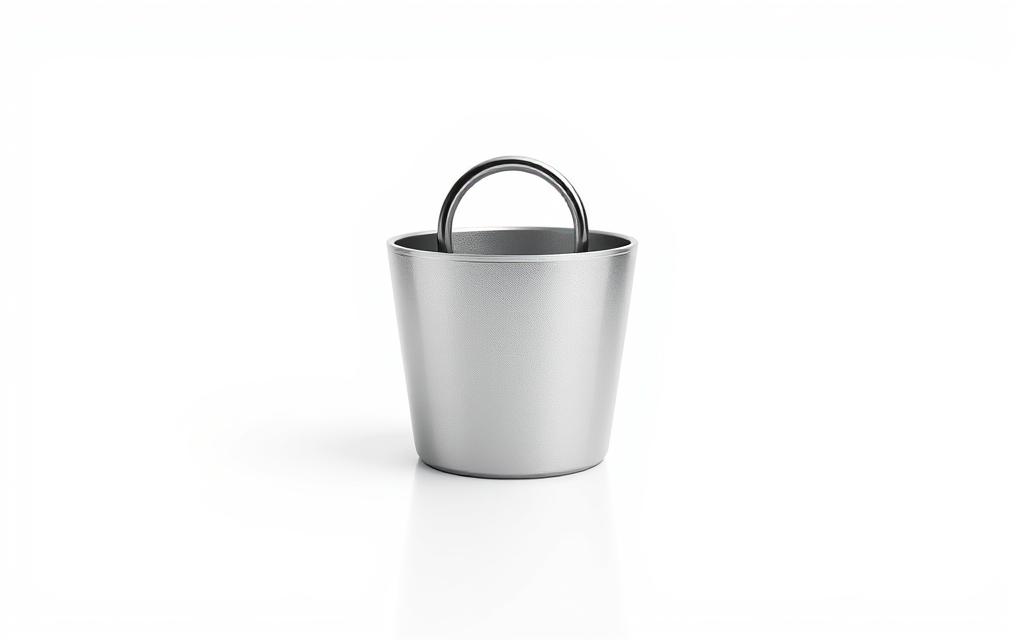
Using File Explorer to Access the Recycle Bin
Another way to access the Recycle Bin is through File Explorer. Open File Explorer, type “Recycle Bin” in the address bar, and press Enter. Alternatively, use the caret menu to navigate directly to this folder.
Restoring the Recycle Bin Icon if It’s Missing
If the icon is still missing, go to Settings > Personalization > Themes > Desktop icon settings. Check the box next to Recycle Bin and click Apply. This restores the icon to its default position.
| Method | Steps |
|---|---|
| Desktop Icon | Right-click desktop > View > Show desktop icons |
| File Explorer | Type “Recycle Bin” in the address bar |
| Settings | Settings > Personalization > Themes > Desktop icon settings |
Finding the Recycle Bin on Mac
Mac users have a reliable way to manage deleted files through the Trash feature. This built-in tool acts as a temporary storage area for removed items, allowing easy recovery if needed. The bin is accessible directly from the Dock, making it a convenient option for most users.
https://www.youtube.com/watch?v=FWVq8WTOtNY
By default, the Trash icon appears in the Dock and changes its appearance when it contains files. Customization options let users adjust its position or visibility. For quick access, the Finder sidebar also includes the Trash under the Favorites section.
Keyboard shortcuts enhance efficiency. Pressing Command + Shift + Delete empties the Trash instantly. For added security, holding the Option key while selecting File > Delete Immediately ensures files are permanently removed.
Time Machine integration offers extended recovery options. This feature allows users to restore files even after emptying the Trash. Additionally, external drives and network folders have their own Trash, which can be accessed through the Finder menu.
For those seeking advanced recovery, third-party software provides additional options. Tools like Disk Drill or EaseUS Data Recovery can retrieve files that are no longer in the Trash. Learn more about Trash or Bin on Mac for detailed steps.
| Feature | Description |
|---|---|
| Dock Icon | Appears by default, customizable position |
| Keyboard Shortcuts | Command + Shift + Delete to empty Trash |
| Time Machine | Extended recovery for deleted files |
| Third-Party Tools | Advanced recovery options |
Accessing the Recycle Bin on Mobile Devices
Mobile devices handle deleted files differently compared to desktops. While they lack a dedicated folder, most platforms offer temporary storage for removed items. Understanding these systems ensures you can recover lost data effectively.
On Android, the Files app includes a Recently Deleted section. This feature holds removed items for up to 30 days, providing a safety net for accidental deletions. iOS users can recover photos and videos through the Albums > Recently Deleted section, which retains files for 30 days before permanent removal.
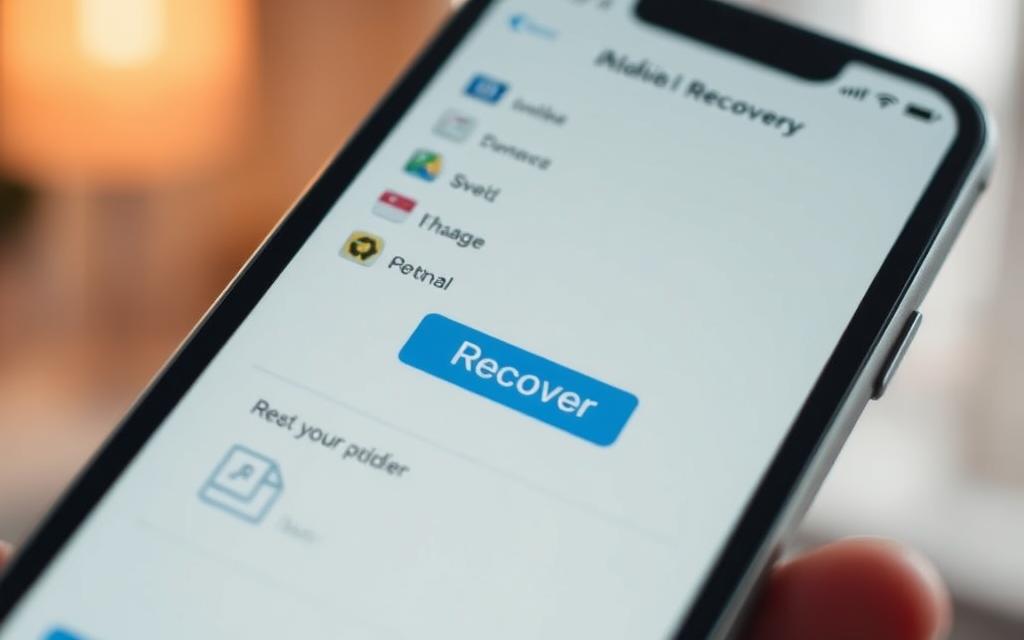
Cloud storage services like Google Drive and OneDrive also include their own recycle bins. These platforms store deleted items for a limited time, offering an additional layer of security. Manufacturer-specific implementations, such as Samsung’s Trash feature, further enhance recovery options.
However, mobile recovery systems have limitations. Unlike desktop operating systems, they often lack advanced tools for retrieving permanently deleted files. Third-party software like DiskDigger or Dumpster can fill this gap, providing additional recovery capabilities.
| Platform | Recovery Method | Retention Period |
|---|---|---|
| Android | Files App > Recently Deleted | 30 days |
| iOS | Albums > Recently Deleted | 30 days |
| Google Drive | Trash Folder | 30 days |
| OneDrive | Recycle Bin | 30 days |
For users with external storage, SD card recovery requires specialized tools. Apps like DiskDigger can scan these cards, retrieving lost files even after deletion. Always back up important data to avoid permanent loss.
Troubleshooting Missing Recycle Bin Icons
Missing the Recycle Bin icon can disrupt workflow and cause confusion. This issue often stems from incorrect settings or system conflicts. Below are practical steps to resolve this problem and restore access to this essential feature.
Start by verifying the desktop icon visibility. Right-click on the desktop, select View, and make sure the Show desktop icons box is checked. This simple adjustment often resolves the issue.
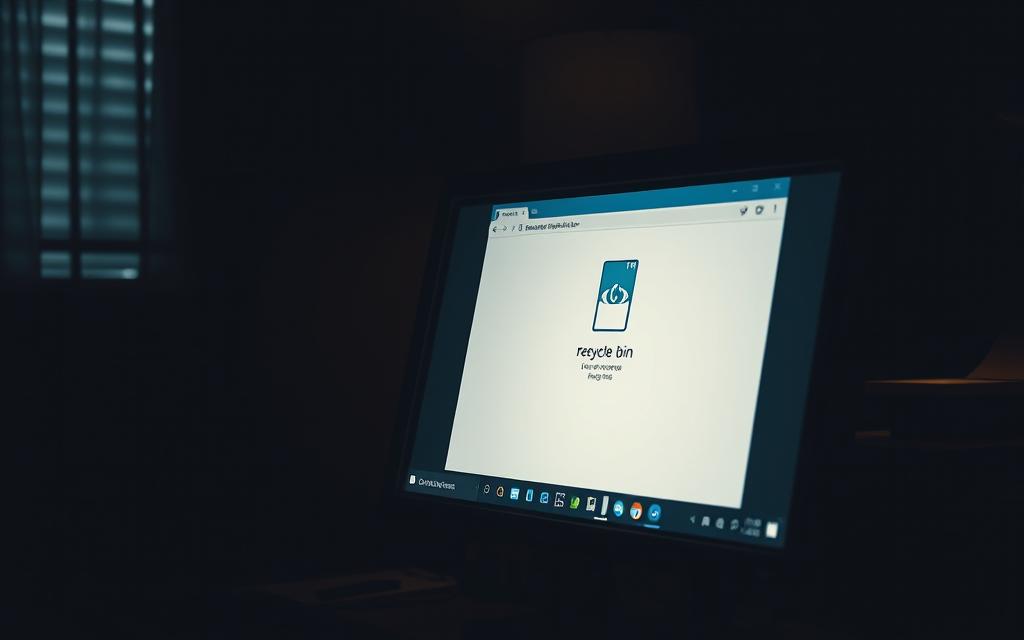
If the icon remains missing, check the Theme settings. Navigate to Settings > Personalization > Themes > Desktop icon settings. Ensure the Recycle Bin box is selected and click Apply.
For persistent issues, consider registry edits or Group Policy configurations. These advanced methods are particularly useful in enterprise environments. Always create a system restore point before making changes to avoid unintended consequences.
Third-party customization software can sometimes conflict with system icons. Disable or uninstall such programs to see if the icon reappears. Additionally, check user account permissions and display driver compatibility, as these can also affect icon visibility.
| Issue | Solution |
|---|---|
| Missing Desktop Icon | Right-click desktop > View > Show desktop icons |
| Theme Settings | Settings > Personalization > Themes > Desktop icon settings |
| Persistent Issues | Registry edits or Group Policy configurations |
| Third-Party Conflicts | Disable or uninstall customization software |
Safe mode troubleshooting can help identify underlying issues. Restart the system in safe mode and check if the Recycle Bin icon appears. If it does, the problem likely stems from a software conflict or driver issue.
Alternative Methods to Access the Recycle Bin
Accessing deleted files doesn’t have to be complicated. While the desktop icon and File Explorer are common ways to retrieve lost data, there are other efficient methods. These alternatives can save time and streamline your workflow, especially if the default options aren’t accessible.
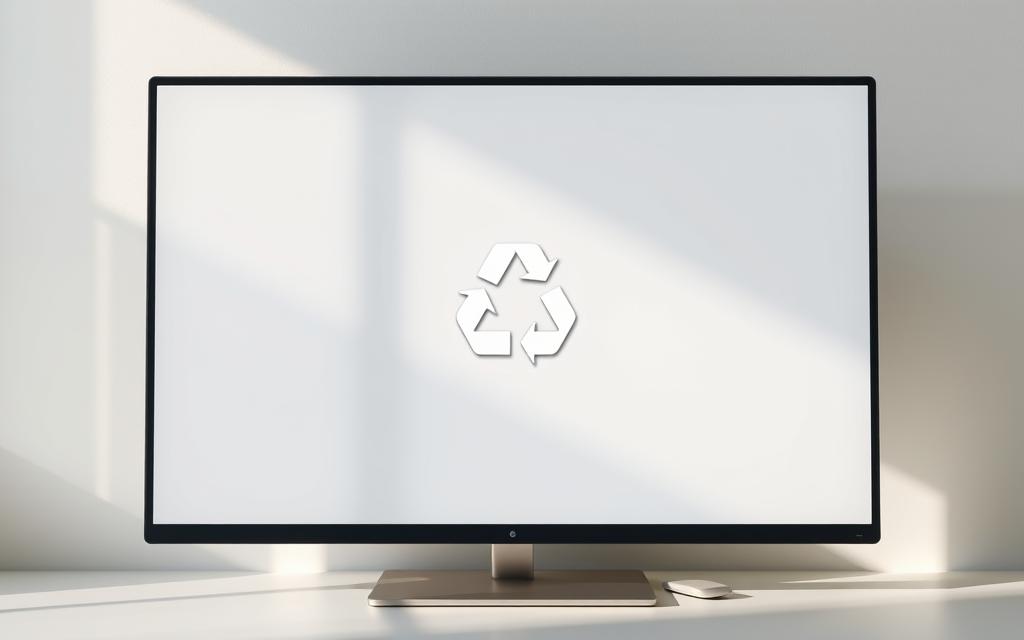
Using the Run Command
One quick way to open the Recycle Bin is through the Run dialog. Press Win + R to open the Run window, then type shell:RecycleBinFolder and hit Enter. This command directly opens the location of deleted files, bypassing the need for icons or menus.
This method is particularly useful if the desktop icon is missing or if you prefer keyboard shortcuts. It’s also a great option for advanced users who want to access the Recycle Bin without navigating through multiple windows.
Creating a Recycle Bin Shortcut
For frequent access, consider creating a desktop shortcut. Right-click on the desktop, select New > Shortcut, and enter explorer.exe shell:RecycleBinFolder as the location. Name the shortcut and click Finish.
This shortcut provides one-click access to the Recycle Bin, making it a convenient option for users who manage deleted files regularly. You can also pin this shortcut to the taskbar or Start menu for even faster access.
| Method | Steps |
|---|---|
| Run Command | Press Win + R, type shell:RecycleBinFolder, press Enter |
| Desktop Shortcut | Right-click desktop > New > Shortcut > Enter explorer.exe shell:RecycleBinFolder |
These alternative methods ensure you can always access the Recycle Bin, even if the default options are unavailable. Whether you prefer keyboard commands or custom shortcuts, these solutions enhance your file recovery process.
Conclusion
Understanding file recovery methods across platforms ensures data safety. Whether you use Windows, Mac, or mobile devices, knowing how to retrieve deleted items is crucial. Regularly backing up your files minimizes the risk of permanent loss and saves time during recovery.
Managing storage space effectively prevents the recycle bin from overflowing. For enterprise users, advanced tools and policies streamline data recovery. Home users can benefit from simple troubleshooting steps and a consistent maintenance schedule.
Cloud storage integration offers an additional layer of security. Services like Google Drive or OneDrive provide easy access to deleted items and ensure your account data remains safe. If you have further questions, consult platform-specific guides for detailed assistance.
FAQ
Where is the Recycle Bin located on Windows?
The Recycle Bin is typically found on the desktop. If it’s not visible, it can be accessed through File Explorer or by restoring the icon via system settings.
Can the Recycle Bin be accessed on a Mac?
Yes, on Mac, the equivalent is called the Trash. It’s located in the Dock at the bottom of the screen.
How can I restore the Recycle Bin icon if it’s missing?
Right-click on the desktop, select Personalize, then choose Themes and Desktop icon settings. Check the Recycle Bin box to restore the icon.
Is there a way to access the Recycle Bin using the Run command?
Yes, press Win + R, type shell:RecycleBinFolder, and press Enter to open the Recycle Bin directly.
Can I create a shortcut for the Recycle Bin?
Yes, right-click on the desktop, select New > Shortcut, and enter explorer.exe shell:RecycleBinFolder as the location to create a shortcut.
How do I access the Recycle Bin on mobile devices?
Mobile devices don’t have a Recycle Bin. Deleted files are usually stored in a Recently Deleted folder within the gallery or file manager app.
What should I do if the Recycle Bin icon disappears after an update?
Check the desktop icon settings in the Personalization menu. If the issue persists, ensure your operating system is up to date and troubleshoot further using system settings.
Can I recover permanently deleted files from the Recycle Bin?
Once files are permanently deleted from the Recycle Bin, recovery requires third-party software or backup solutions unless you have a system restore point.



